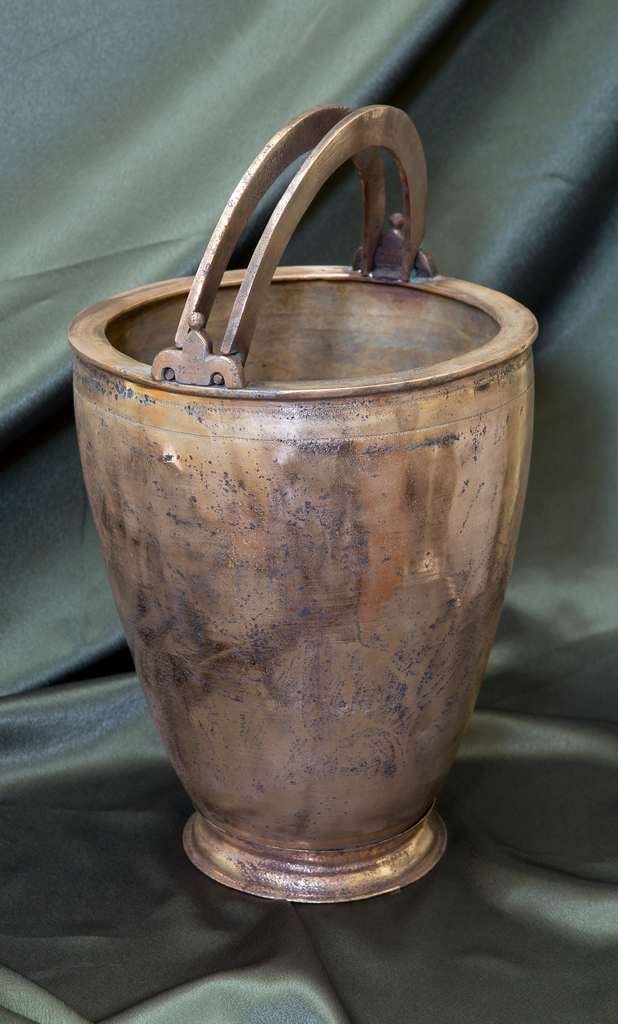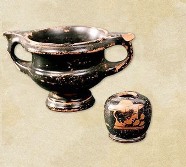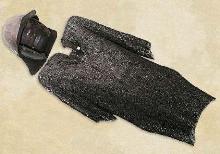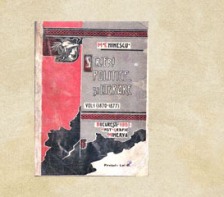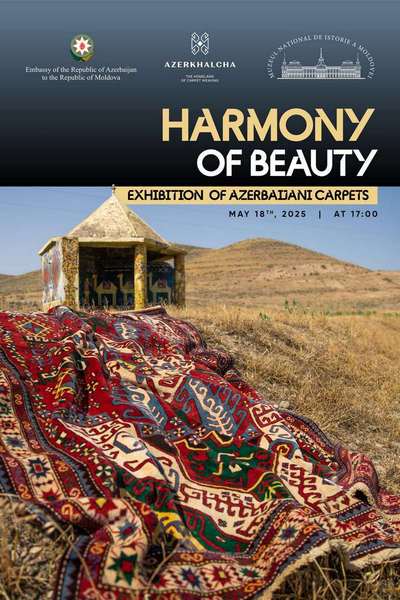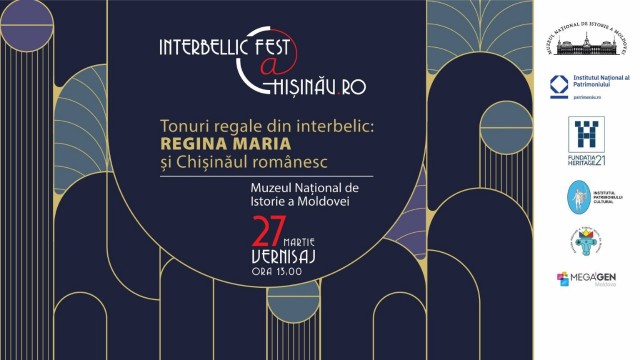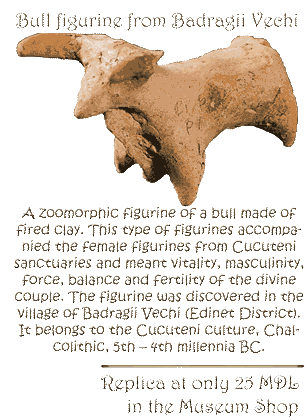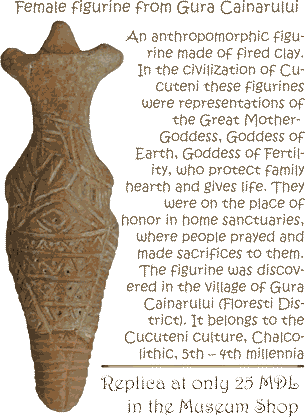 The exhibition "The German Colony of Emmental - Artistic Reflections," organized by the National Museum of History of Moldova in partnership with the Municipality of Pervomaisc, will be inaugurated on September 17, 2024, at 1:00 PM. It marks 210 years since the arrival of the first German settlers in Bessarabia, offering an artistic journey into the history and heritage of the German community in the region.
The exhibition "The German Colony of Emmental - Artistic Reflections," organized by the National Museum of History of Moldova in partnership with the Municipality of Pervomaisc, will be inaugurated on September 17, 2024, at 1:00 PM. It marks 210 years since the arrival of the first German settlers in Bessarabia, offering an artistic journey into the history and heritage of the German community in the region.
The Germans of Bessarabia represented the last wave of German emigrants who settled in "New Russia" following the defeat of the Ottoman Empire by Russia in May 1812. In the Appeal "To the Germans of the Duchy of Warsaw," dated November 29, 1813, Tsar Alexander I invited German settlers to establish themselves by the Black Sea, promising them land and freedoms. The immigrants came mainly from southwestern Germany and Prussia.
Over 125 years of colonization, this minority developed a prosperous community in Bessarabia, characterized by local autonomy and a strong Protestant work ethic. The German settlers lived in peaceful proximity with other ethnic and religious communities. In 1940, following the Molotov-Ribbentrop Pact (1939), 93,500 Germans from Bessarabia were relocated, primarily to occupied Poland. At the beginning of 1945, they were forced to flee and create new lives in a divided Germany.
The exhibition explores the story and legacy of the German settlers from Emmental (now Pervomaisc), one of the largest German colonies in Bessarabia, reflected in the paintings of Antonina Casap, a native of this village. The displayed works evoke rural landscapes of unique serenity, the specific architecture of German villages, portraits depicting the daily lives of settlers, the community's traditions and customs, as well as abstract compositions reflecting the dynamic cultural and social changes.
The exhibition discourse offers a new perspective on how art can interpret the history of a community. Each displayed work acts as a bridge between the past and the present, inviting reflection on how history shapes our collective and individual identities.
The exhibition "The German Colony of Emmental - Artistic Reflections" will be open to visitors from September 17 to October 9, 2024, at the National Museum of History of Moldova, 121A August 31, 1989 Street, Chișinău.




